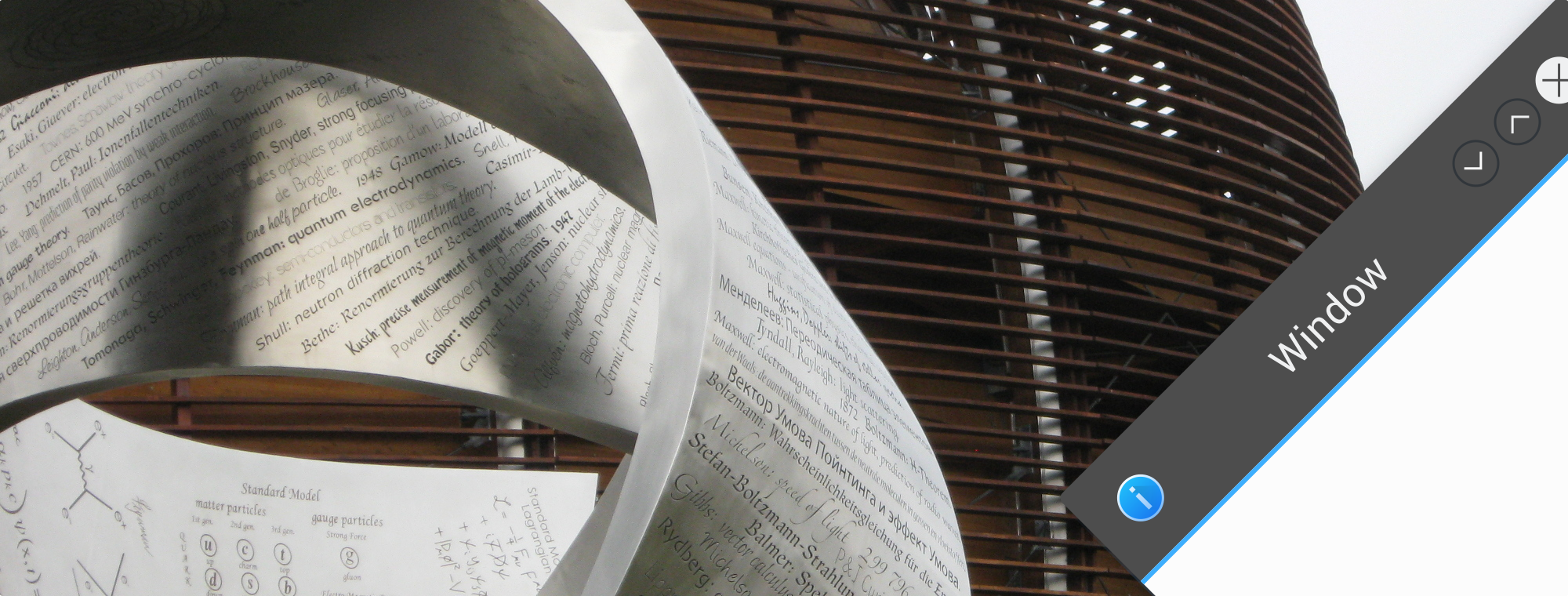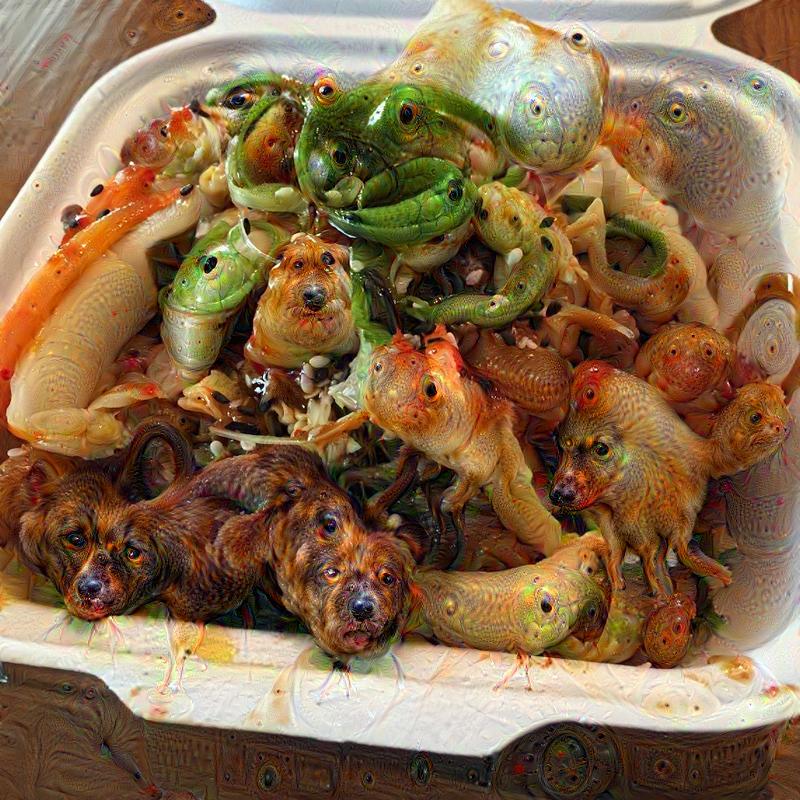In my off time I’ve been closely examining the Legend of Zelda Link to the Past tilesets and sprites, and I’ve been learning a huge amount about how that game is assembled visually. it’s amazing how much they managed to do with the limited resources of the SNES.
For a game I’ve played religiously as a child, it’s interesting to see the imperfections which I completely glossed over even after several complete playthoroughs. There’s also some neat workarounds Nintendo did while preparing their graphics.
So here’s some “trivia” I found while closely examining the various maps and shots of the game;
- Bricks lining the floors of diagonal walls are always rounded. This is not decorative, but a limit of their sprite-sheets 8×8 tile resolution. There are 5 unique 8×8 tiles used to create a diagonal wall, it would have required 6 tiles to add the 3 pixels needed to straighten the edge, and another 16×16 composite tile. Same, apparently, with the bottom of diagonal cliff edges. If they fixed this, several tight diagonal corridors would have been impossible.
- In the overworld you will never find a flower that is NOT above a sprig of grass. You will always find flowers tiled with grass, or above and to the left of two sprigs. If you see three flowers, it’s just a combination of the other two patterns.
- Live grass and dead grass never touch. I’m guessing because dead grass is a palette swap, so they would have had to include a tile-set for those edges. Instead, there’s always a dirt buffer or a cliff.
- Bobbing flowers in the overworld have more frames of animation than any single enemy walk cycle. As a matter of fact, some enemies only appear to have one frame in their walk cycles – it’s just flipped to create the illusion of movement.
- The animation used for guards falling off an edge contains more frames of animation than several enemies have for all their animations, total.
- There is one tree in the game with a root placed on dirt/cliff edge. The tiles that make up that root are recoloured grass; because of that, one of the colours is slightly mismatched.
- Cliffs are by far the most complex tiles in the game, but also tend to show the most seams between tiles. To say it must have been painstaking I think would be an understatement.
- Most dungeons and houses share the same brick walls, only palette swapped with different tops. Instead, dungeons distinguish themselves with unique entrances, pillars, and decorations. There’s also a unique entrance for the monastery which was unused, possibly to avoid it being confused with dungeons.
- Walls in houses and dungeons also don’t obey perspective, various tricks are used to maintain the illusion. The southmost walls are sometimes outright covered, and very seldomly will you see half-walls or “tall” objects touching the south walls.
- Braziers, tall lampposts, half-walls, and various other doodads to not contain transparency keys. While not surprising on its own, it’s shocking to realise how many things don’t actually have “shapes” or “blend in” to their environments when closely examined, simply having grey backgrounds which most people must never notice. Those moving spike traps? Those are square, you just thought they were pointy.
Anyway, those were some fun facts.
Zelda: A Link to the Past is simply an amazing piece of work, and the tilesets are remarkably compressed for what they were able to create; PNG images containing the complete light world are larger than the entire game itself, not including the alternate dark world, insides of houses, or dungeons.























